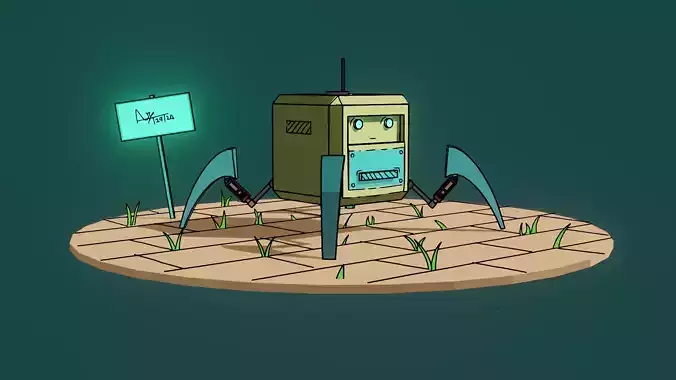1/11
Creating a 3D model of a robot involves several key aspects to consider. Here’s a general breakdown of what such a description might include:
Overall Design: Begin with a concise overview of the robot's design philosophy. Is it humanoid, industrial, animal-inspired, or something entirely unique? Mention the general shape and size of the robot.
Materials and Texture: Describe the materials used in construction (e.g., metal, plastic, carbon fiber) and the texture of its surface (smooth, rough, glossy).
-
Features and Components:
- Head: Describe the head design, including any sensors, cameras, or lights.
- Body: Detail the torso and limbs, noting any joints or articulation points.
- Hands/Claws/Tools: Describe the appendages, whether they are humanoid hands, specialized tools, or functional claws.
- Power Source: Mention how the robot is powered (e.g., batteries, solar panels, wired).
Color Scheme: Specify the colors used on the robot. Are they bold and contrasting, or more subdued and uniform?
Special Features: Highlight any unique functionalities such as mobility (wheels, treads, legs), special sensors (infrared, radar), or integrated tools (welding torch, laser cutter).
Environment and Purpose: Describe the typical environment the robot operates in (indoors, outdoors, underwater) and its intended purpose (industrial work, exploration, household assistant).
Scale and Proportions: Provide measurements or a sense of scale relative to a human or a common object for context.
Degree of Realism: Indicate whether the model is stylized (cartoonish or exaggerated features) or realistic (detailing of mechanics and realistic textures).
Pose or Action: Consider if the robot is static or in action (walking, manipulating objects) in the model.
Additional Information: Any other pertinent details that would help in visualizing the robot’s appearance and functionality.
By covering these points, you can create a comprehensive description that guides the creation of a 3D model for a robot, whether it's for visualization, animation, or a practical application.
REVIEWS & COMMENTS
accuracy, and usability.











